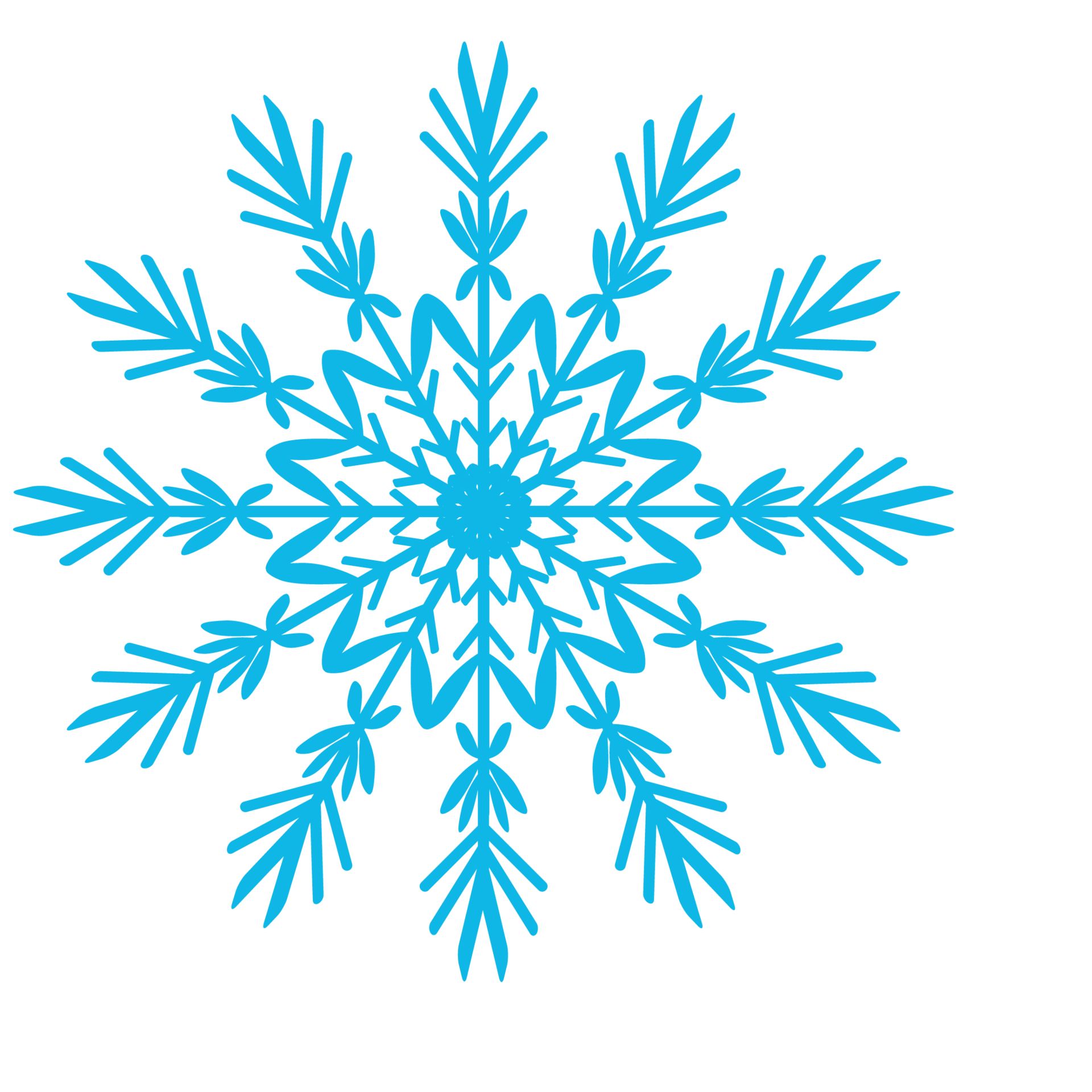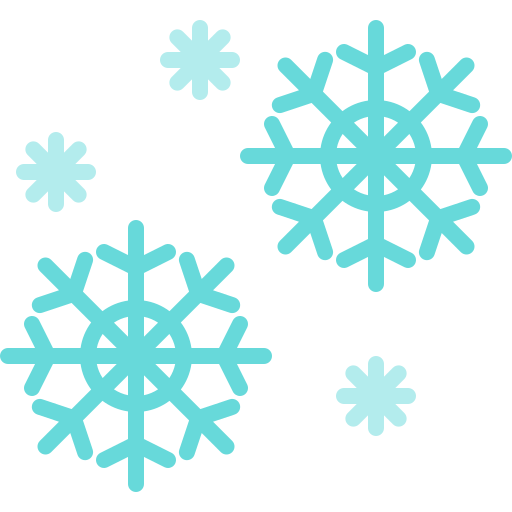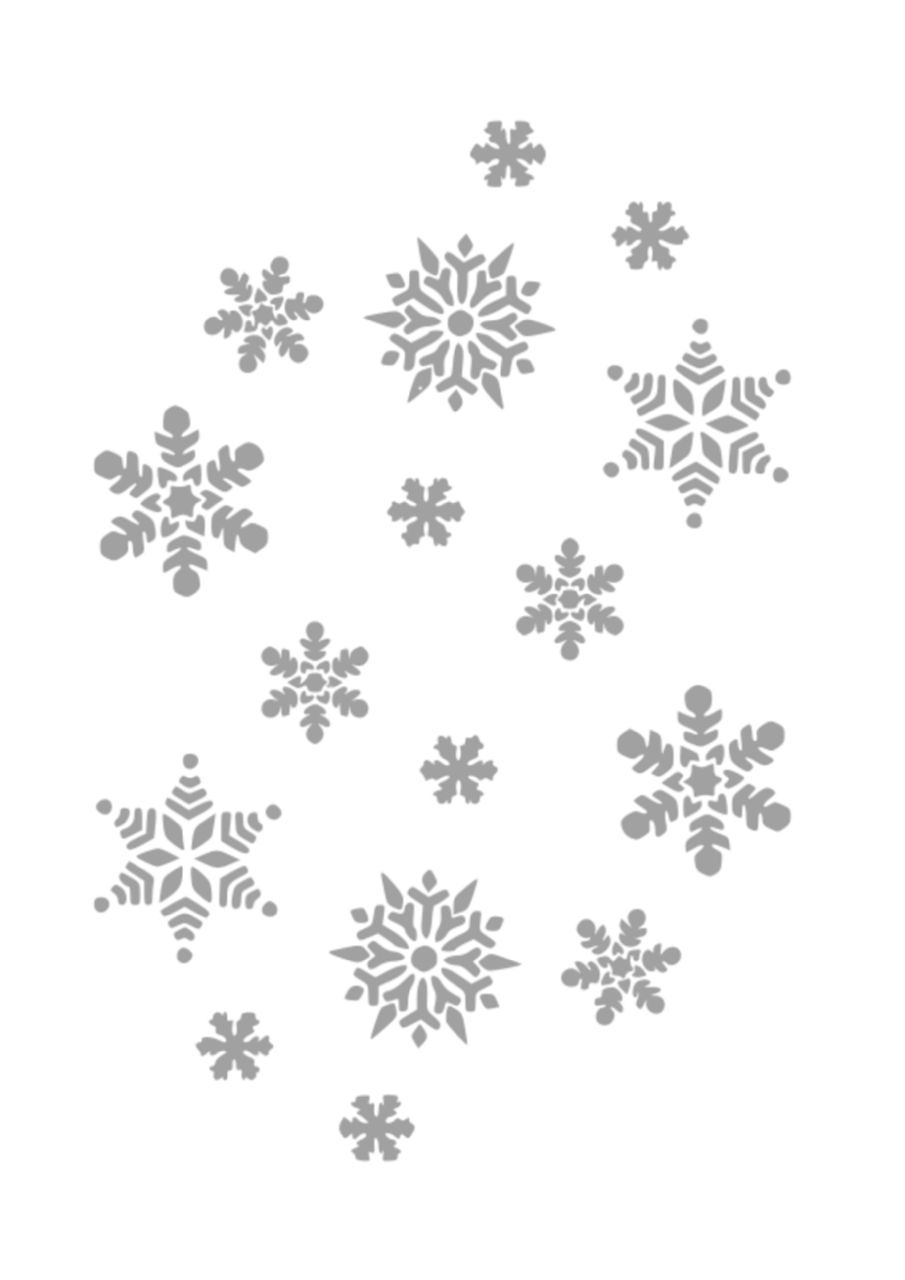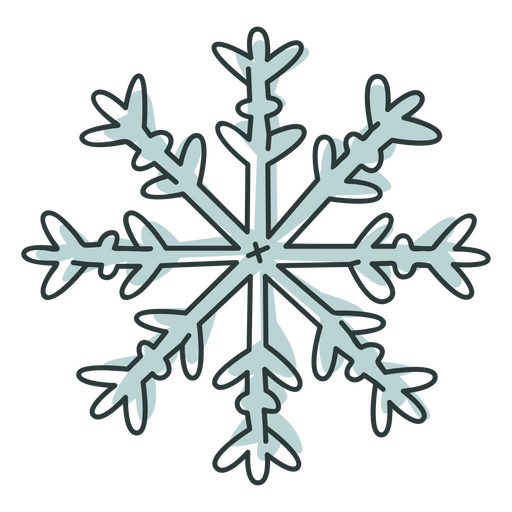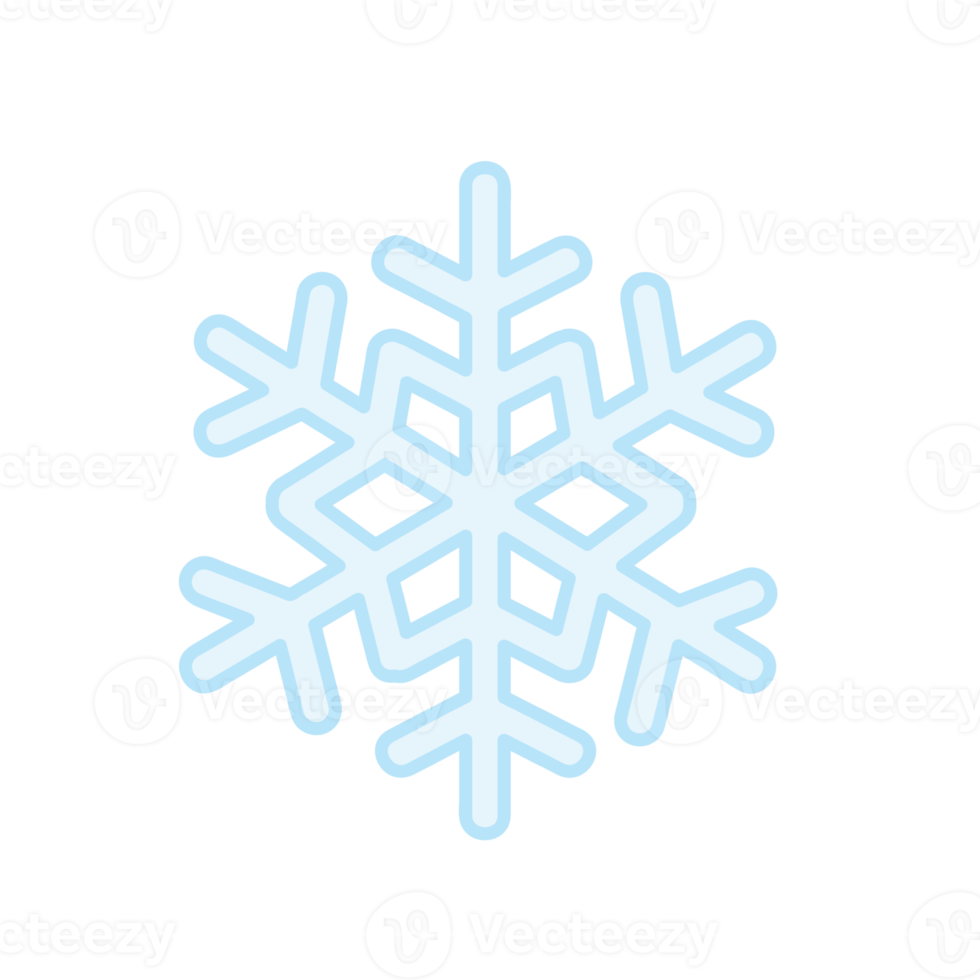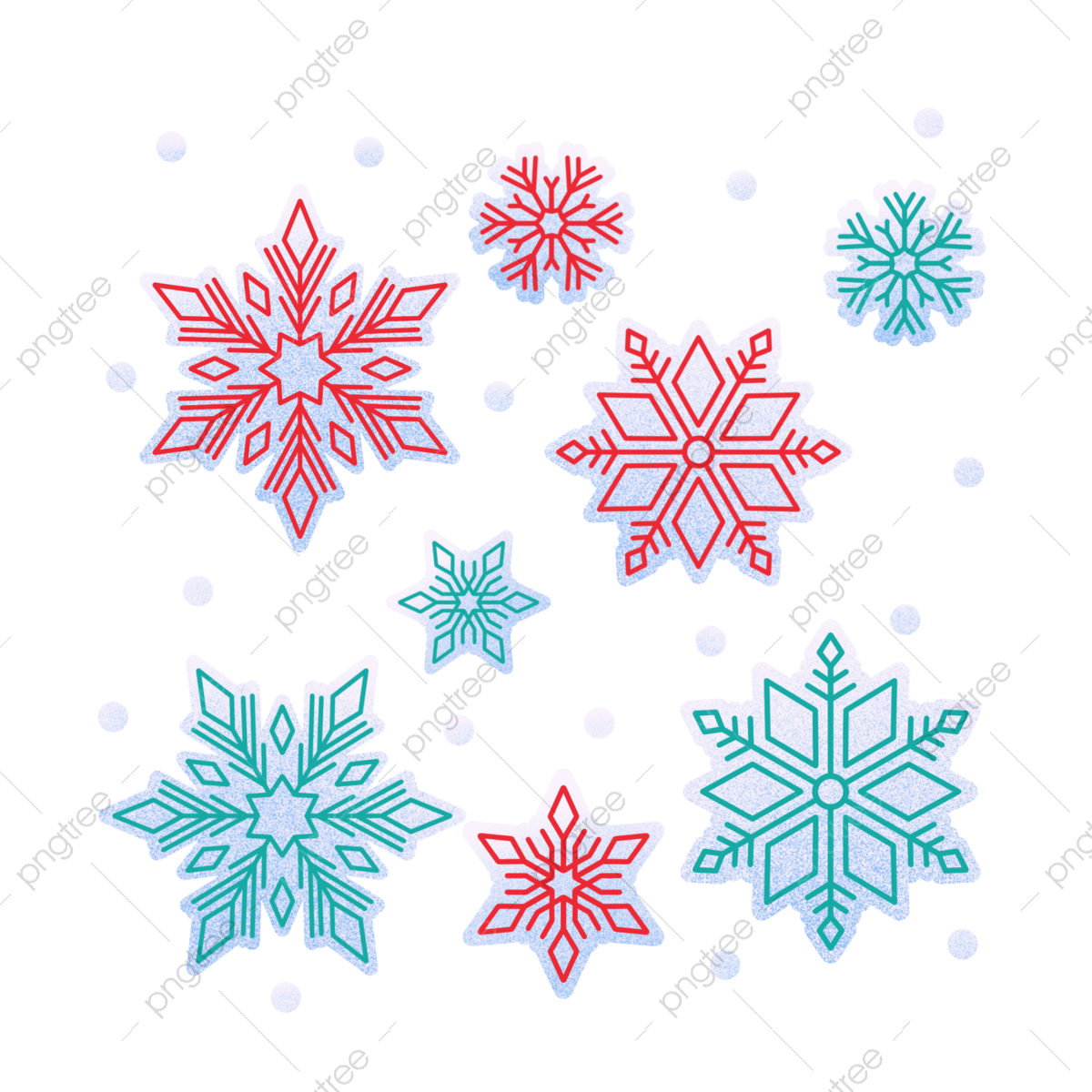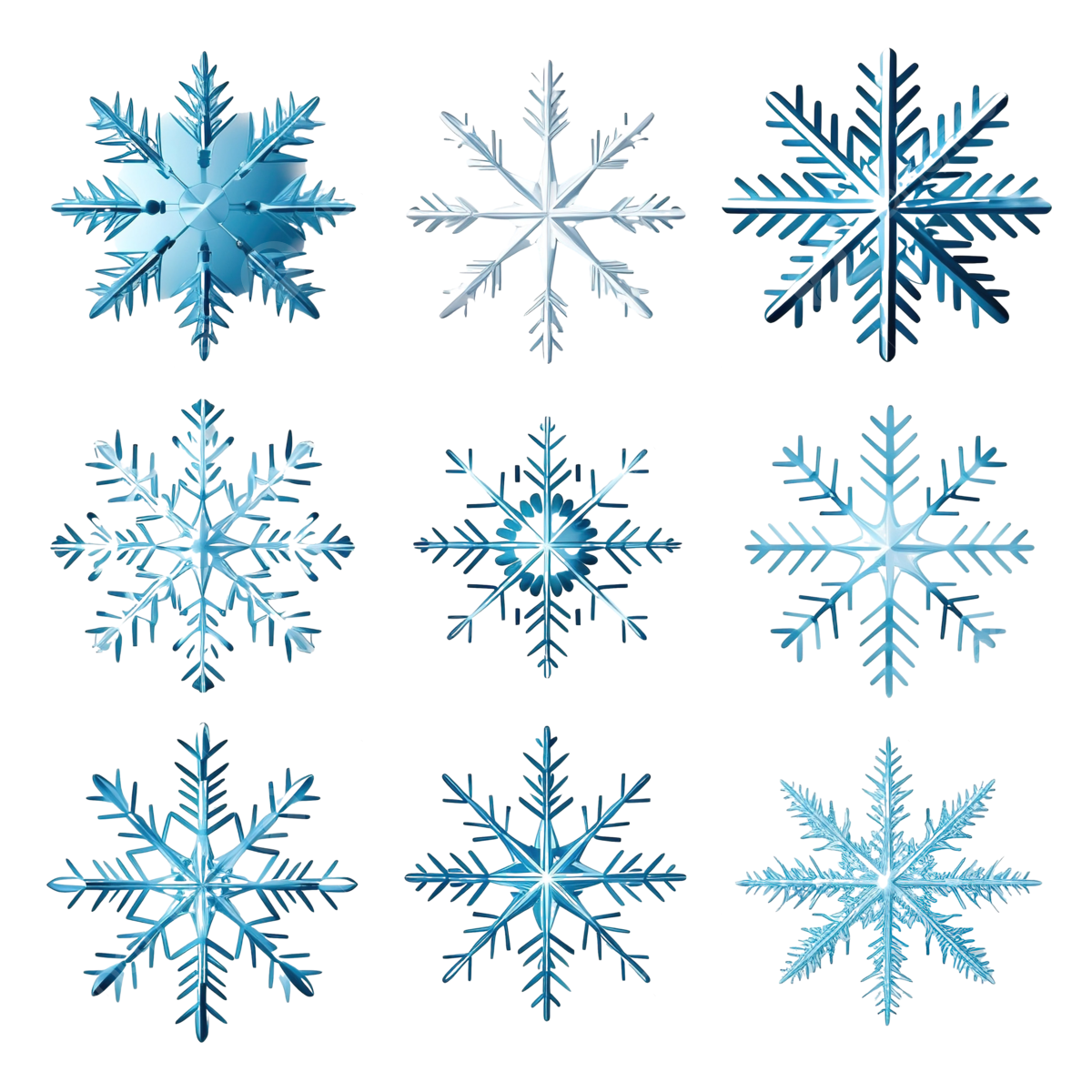Download top and best high-quality free Copos De Nieve PNG Transparent Images backgrounds available in various sizes. To view the full PNG size resolution click on any of the below image thumbnail.
License Info: Creative Commons 4.0 BY-NC
Snowflakes have long been a source of fascination for people around the world. These delicate, white crystals that blanket the ground during winter have a mesmerizing effect on many. Copos de nieve, as they are called in Spanish, are not just beautiful, they are also unique. No two snowflakes are alike, and each one has a story to tell.
What are Copos De Nieve?
Copos de nieve are snowflakes, which are formed when ice crystals in the atmosphere come together to form a single crystal. These crystals take on different shapes and sizes depending on various factors such as temperature and humidity. The scientific reason for the intricate designs of snowflakes is due to the way the water molecules are arranged in the crystal structure.
There are four types of copos de nieve: dendrites, plates, columns, and needles. Dendrites are the most common type of snowflake and have a tree–like structure. Plates are flat and thin, while columns are long and cylindrical. Needles are the smallest of the four and have a needle-like shape.
The Beauty of Copos De Nieve
Copos de nieve are a wonder of nature. Their intricate designs and delicate structures make them a beautiful sight to behold. When snowflakes fall from the sky, they glisten in the sunlight, and their unique shapes and patterns are stunning. Each snowflake is a small work of art, and no two are exactly alike.
Snowflakes can also have a calming effect on people. Watching these fragile crystals fall from the sky can be a peaceful and meditative experience. Copos de nieve have the power to transport people to a wintery wonderland, making them a symbol of the holiday season and the winter months.
The Science behind Copos De Nieve
The science behind the formation of copos de nieve is complex and fascinating. It involves tiny water droplets joining together in the atmosphere, forming an ice crystal. The temperature and humidity in the air determine the shape and the size of the snowflake. The process of forming a snowflake can take up to an hour.
The intricate designs of snowflakes are due to the way the water molecules are arranged in the crystal structure. Each snowflake has a six-fold symmetry, which is the result of the way the molecules bond together to form the crystal. This symmetry is what gives snowflakes their unique and intricate shapes.
Copos De Nieve in Culture and Art
Snowflakes have been an inspiration for many artists and writers over the years. They have been featured in novels, poems, and paintings. In Japanese culture, snowflakes are an important symbol of beauty and the impermanence of life. In Hindu mythology, snowflakes are seen as a symbol of purity and innocence.
Copos de nieve have also been used as a motif in jewelry and fashion. Many pieces of winter-themed jewelry feature snowflakes as a central design. Snowflake patterns have also been used in winter fashion, such as knitwear and scarves.
Copos de nieve, or snowflakes, are a beautiful and fascinating wonder of nature. Each snowflake is unique, and their intricate designs have captured the imagination of people around the world. They are a symbol of the winter months and an inspiration for artists and writers. The science behind snowflake formation is complex and fascinating, and their beauty and fragility have a calming effect on many. Copos de nieve truly are a wonder of the natural world.
Download Copos De Nieve PNG images transparent gallery
- Copos De Nieve PNG Pic
Resolution: 1920 × 1920
Size: 375 KB
Image Format: .png
Download
- Copos De Nieve PNG Picture
Resolution: 512 × 512
Size: 31 KB
Image Format: .png
Download
- Copos De Nieve PNG
Resolution: 1200 × 1200
Size: 157 KB
Image Format: .png
Download
- Copos De Nieve Transparent
Resolution: 905 × 1280
Size: 285 KB
Image Format: .png
Download
- Copos De Nieve
Resolution: 512 × 512
Size: 18 KB
Image Format: .png
Download
- Copos De Nieve Background PNG
Resolution: 512 × 512
Size: 177 KB
Image Format: .png
Download
- Copos De Nieve No Background
Resolution: 256 × 256
Size: 97 KB
Image Format: .png
Download
- Copos De Nieve PNG Background
Resolution: 512 × 512
Size: 24 KB
Image Format: .png
Download
- Copos De Nieve PNG Clipart
Resolution: 280 × 260
Size: 56 KB
Image Format: .png
Download
- Copos De Nieve PNG Cutout
Resolution: 256 × 256
Size: 8 KB
Image Format: .png
Download
- Copos De Nieve PNG File
Resolution: 1322 × 1500
Size: 89 KB
Image Format: .png
Download
- Copos De Nieve PNG Free Image
Resolution: 980 × 980
Size: 240 KB
Image Format: .png
Download
- Copos De Nieve PNG HD Image
Resolution: 1200 × 1200
Size: 350 KB
Image Format: .png
Download
- Copos De Nieve PNG Image File
Resolution: 512 × 512
Size: 18 KB
Image Format: .png
Download
- Copos De Nieve PNG Image HD
Resolution: 2000 × 2000
Size: 77 KB
Image Format: .png
Download
- Copos De Nieve PNG Image
Resolution: 512 × 512
Size: 23 KB
Image Format: .png
Download
- Copos De Nieve PNG Images HD
Resolution: 1200 × 1200
Size: 967 KB
Image Format: .png
Download
- Copos De Nieve PNG Images
Resolution: 512 × 512
Size: 26 KB
Image Format: .png
Download
- Copos De Nieve PNG Photo
Resolution: 512 × 512
Size: 24 KB
Image Format: .png
Download
- Copos De Nieve PNG Photos
Resolution: 512 × 512
Size: 53 KB
Image Format: .png
Download
